Last week in Part Two of our little expose on what makes part-time 4WD tick, we examined what can go wrong and why it is so. When you bring a hard surface together with a 4WD system that was only ever designed to work on a loose surface and things don’t go tickety-boo, how do you recognise it before things get expensive. This time round and in our final chapter of this yarn, we look at the likely influence of terrain tuning on part-time trannies.
It’s the era of the merging of the technologies. Take a bit of this, add a bit of that and voila, new tricks for old dogs.
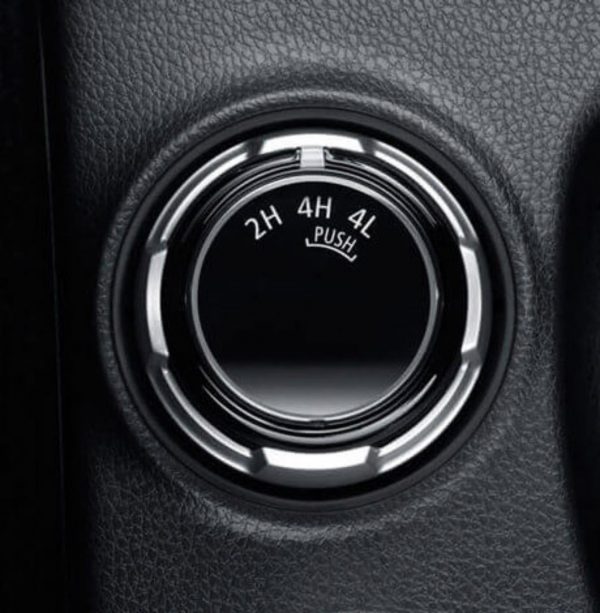
Part-time 4WD has been around forever and offers three basic modes of travel, two in high-range (2H and 4H) and one in low-range (4L).
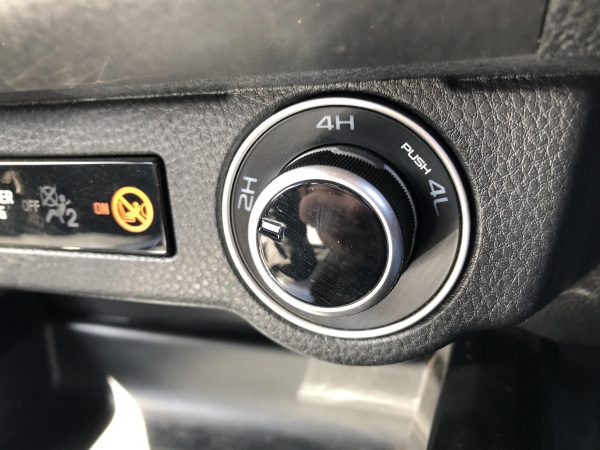
All the selection process does is to change the delivery of energy from the back wheels only (in 2H), to a combination of front and back (in both 4H and 4L) and ultimately when 4L is selected, multiply the torque output of the vehicle and slow things down for those moments when you’re on the side of a hill.
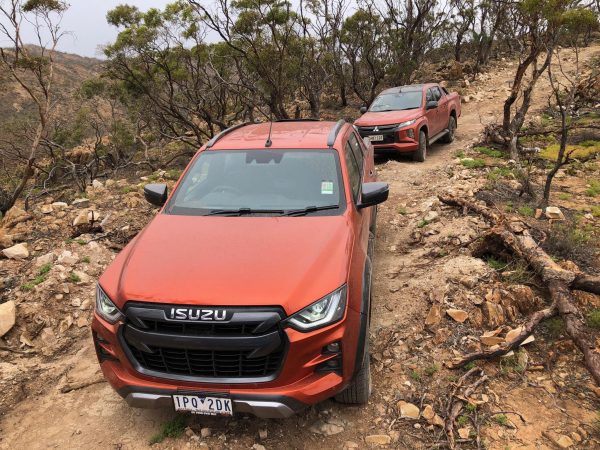
I’ve already detailed the operation and engagement of the modes so I won’t revisit that here but what I will do is to investigate the pending use of terrain-tuning in part-time drivelines, something that hasn’t been done before.
Because utes largely use part-time 4WD systems they’ve been judged more often than not as commercial vehicles and undeserving of any special kit.
Sure, there’s been LSDs (limited-slip-differentials), rear-axle diff-locks added and brake-traction control as well to enhance a part-time 4WD’s capability and to good effect, but the next generation of vehicles offers some fine-tuning that wasn’t thought necessary before.
If ever you’ve driven any new SUV (I still hate that term – rather use 4WD wagon) of late you will have noticed with their full-time transmissions the use of different driving modes in addition to the regular 4WD setup.
On Mitsubishi’s Pajero and Pajero Sport, for example, you can dial up some extra help by matching the terrain you’re about to tackle with the dashboard display you’re scrolling through.
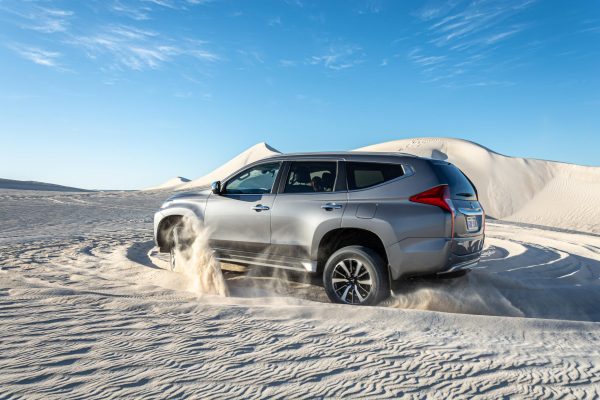
By selecting a particular mode the vehicle will adjust certain driving parameters to better align itself with the muck about to be thrown under your wheels. Selecting the sand mode, for example, will dull brake-traction control to the point where it’s imperceptible, increase the responsiveness of the accelerator and hold gears longer to keep the engine speed up and the risk of bogging down.
Now those full-time 4WDs have a potential advantage over a part-time 4WD because the centre-differentials they employ for those moments when they need to run in an AWD mode on the bitumen and successfully on some dirt and off-road surfaces can vary, or vector (that’s Land Rover-speak) the torque, front or back and coupled to clever electronic diffs (like the Jeep Grand Cherokee experience in Quadra-Trac and supplemented with Quadra-Drive) left and right.
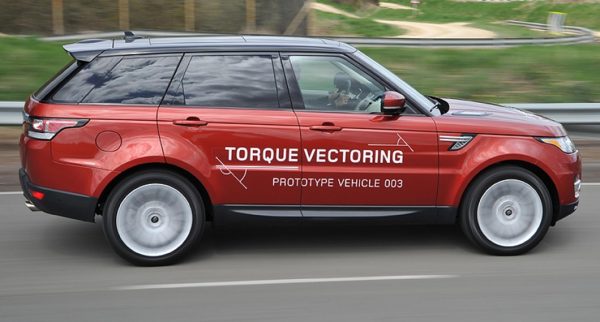
Toyota with the Prado and the 200 Series Land Cruiser use a “Torsen” or torque-sensing centre-differential that through the use of a helical gear cluster in its centre-differential acts like a limited-slip differential.
All this adds further refinement in the terrain-tuning stakes and some complexity and with that, cost.
It looks like there’s going to be a merging of the technologies in the new MU-X, because, in the absence of any information to the contrary, I reckon it’s going to use the same transmission (part-time) once more as the D-MAX, but with the newer model’s much smoother and faster engagement.

If my hunch is right, the MU-X will offer a part-time, multi-mode function for the first time, as there are some tell-tale signs from the interweb pictures I’ve seen of the interior controls.
New D-MAX has a rear-axle diff-lock fitted standard and the button to activate it sits to the right and obviously alongside the main gear selector. New MU-X has lost that button and surprisingly the Terrain-Command 4WD rotary knob selector has moved from the dashboard (as seen on new D-MAX) and back down behind the gear lever like the previous generation (why???).

Sitting atop that selector is a mysterious new button with an ideogram of a vehicle surfing a wave.
I reckon the activation of that button brings up a dash display of modes for gravel, snow/ice, sand, mud and rock. Each selection will tune the engine’s response and up or lower the torque and engine’s responsiveness, coupled to taming or tweaking the brake-traction control system to an algorithm that’s best – non-existent on sand and chimes-in in an instant on rocks.
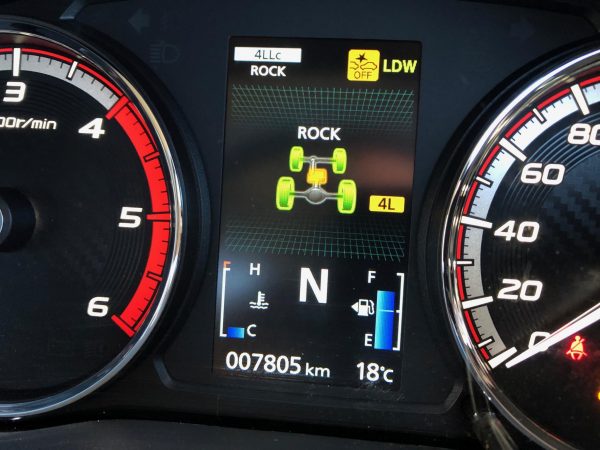
Because the rear diff-lock button has gone I’d further think that the diff gubbins are still there but activated by the selected tune and the amount of grip on offer, electronically and without manual intervention.
Will that be a good thing?
Because I’m an old geezer and pretty set in my ways, I’d still like to be able to manually override that decision. If I see a dodgy bit of track coming up, I’ll take that opportunity to employ all of my vehicle’s capability based on past experience thanks. It may well be that the electronics are clever and make me look better than I think I am and if that’s the case that’s a bonus, but I’m old enough to remember a technology Isuzu played with in the last-gen of the Trooper/Jackaroo-Monterey/Vehicross between 1998 and 2002 that took my ability to intervene out of the equation and that was crap.
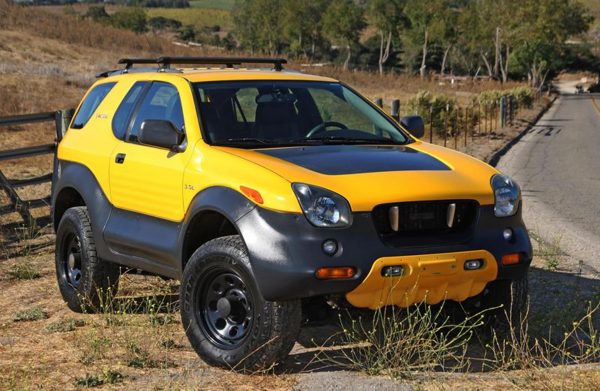
Borg-Warner offered Isuzu an all-wheel-drive transmission on automatics called Torque-On-Demand (TOD). It used an electronically activated clutch-pack and the promise was that at the first hint of wheel-slip, torque would be sent forwards from 0-50% of the available drive to assist the rears that were already receiving the other 50%. The only problem with that system is it was too slow and that it relied on wheel-slip in the first place to activate. That’s contrary to successful off-roading. I can remember getting bogged with them on more than one occasion.
By the look of the 4WD selector, this system looks like it’s the same part-time D-MAX arrangement, but topped up with the new terrain-tuning kit, so TOD can bugger-off!
It might be the case too that Isuzu is only using this flash version on their high-spec models when it sees the light of day and the homely-but-good poverty-pack LS-M retains the RDL button and puts the 4WD knob back up on the dashboard à la D-MAX.
Whatever the outcome I think Isuzu will be on a winner here and their already impressive credentials in making the country’s most popular wagon-based-on-a-ute platform poses a new threat for Prado. Don’t scoff, there’s not a lot of difference in dimensions and whilst the Toyota’s 4WD capability is amongst the best in the sector, it comes at a cost and a complexity that most Aussies will never explore.
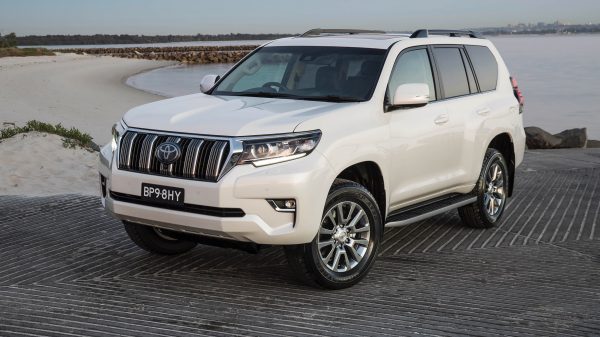



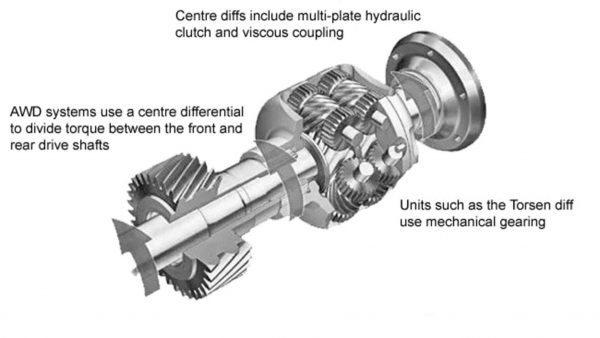


GIPHY App Key not set. Please check settings